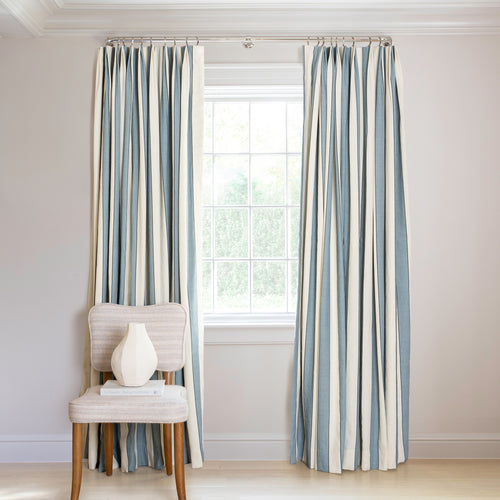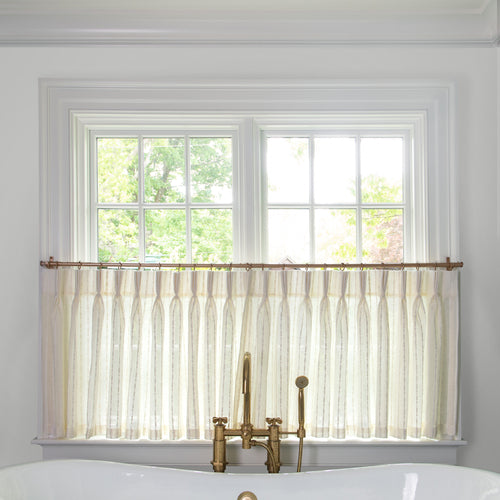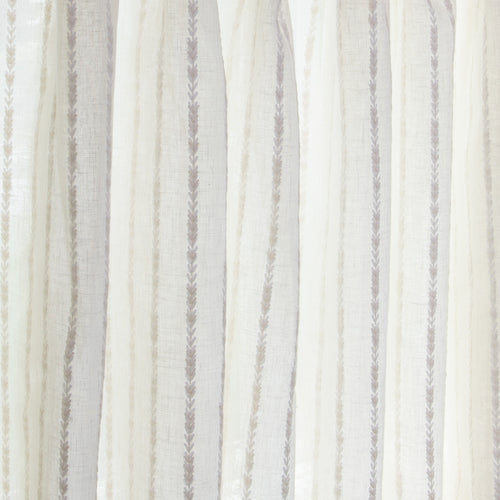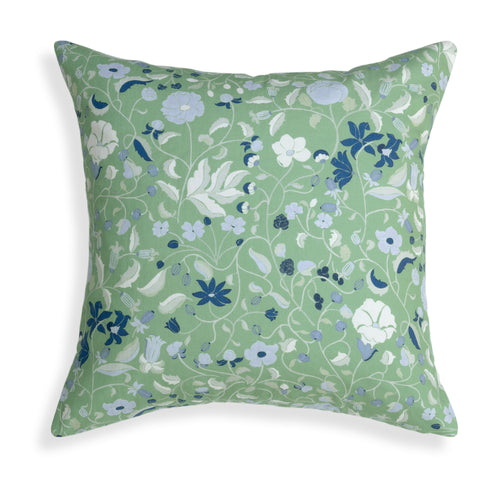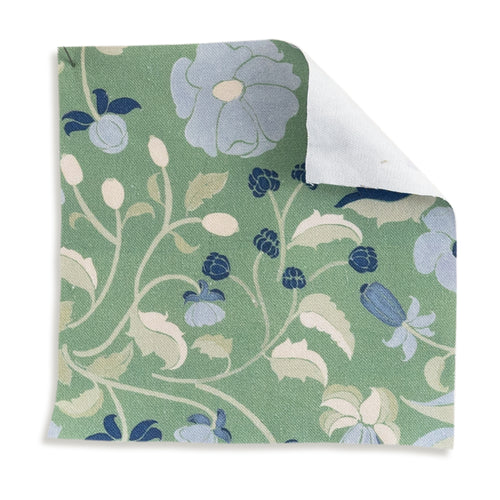Choosing the right pillow sizes for your bed all comes down to following a few simple rules. Read on to learn more about what you’ll need to keep in mind as you design and shop for decorative pillows for the bedroom.

Shop for Your Sleeping Pillows
The size of bed you have will affect what type of sleeping pillow you may choose to purchase. A standard sleeping pillow measures 20 by 26 inches, a queen pillow is 20 by 30 inches, and a king pillow is 20 by 36 inches. You can certainly place standard pillows on a queen bed if you wish, but they may appear too small on a king. You want everything to appear proportional to your mattress size for maximum effect.

Move Onto Decorative Pillows
Once you’ve stocked up on your essential pillows, you can move on to the fun part: Picking out decorative pillows. “When looking for the right size, make sure that the pillow does not feel too small on the bed,” notes Emma Kemper of Emma Beryl. “You don’t want the pillow to look out of place because it is not taking up enough real estate.” Fortunately, Euro pillows, measuring 26 by 26 inches, make for great throw pillows on beds of all sizes, so they are an excellent option when it comes time to shop for decorative pillows. Generally speaking, you’ll need one of these for a twin bed, two of these for a queen, and three on a king. Some people will then place smaller throw pillows, often 18 by 18 or 20 by 20 in size, in front of these or finish off the look with a lumbar pillow or two bolster pillows.

Keep Insert Size Top of Mind
If you’re designing your own pillow cover and purchasing a cotton insert separately, you will want to keep some style guidelines top of mind. It is always advisable to purchase an insert that is larger than your pillow cover. “You also don’t want your pillow insert being too small for the case, because that will make the bed feel less made and always a little slouchy,” Beryl explains. If you’ve sewed an 18 by 18 pillow cover, for example, you should plan on placing a 20 by 20 insert inside of it for the best possible result. And be sure to make plushness a priority, too—a pillow’s plushness is key in affecting how it will appear on the bed. As Kemper puts it, “The pillow needs to be fluffy and be able to stand up on its own.”
